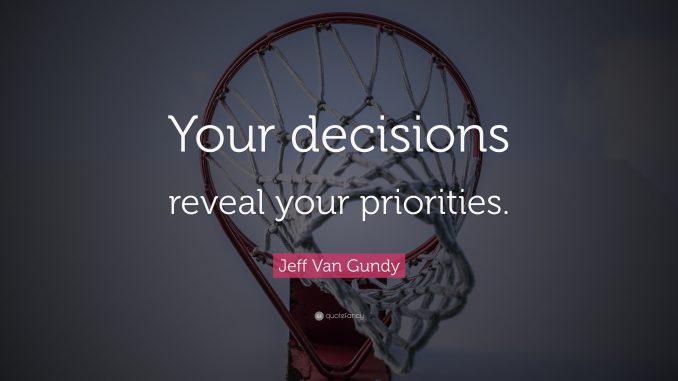
Every insurance policy is more than a legal document—it’s a reflection of what matters most to you. The choices you make when selecting coverage, setting limits, and choosing providers reveal your values, your concerns, and your priorities. Whether consciously or not, the structure of your policy tells a story about how you view risk, what you’re willing to protect, and where you place your trust. It’s easy to think of insurance as a transactional necessity, but when you look closer, it becomes clear that it’s also a personal statement.
Consider someone who invests heavily in health insurance with low deductibles and broad coverage. That decision suggests a priority on wellness, access to care, and peace of mind. It may reflect past experiences with illness, a desire to avoid financial strain, or simply a proactive approach to personal health. On the other hand, someone who opts for minimal coverage might be signaling confidence in their physical condition, a preference for managing costs independently, or perhaps a belief that the system won’t deliver value. Neither choice is inherently right or wrong—they just point to different priorities.
The same logic applies to property insurance. A homeowner who chooses comprehensive coverage with add-ons for natural disasters, theft, and liability is likely someone who values security and long-term stability. They may see their home not just as a financial asset, but as a sanctuary worth protecting in every possible way. In contrast, someone who insures only against major damage might be more focused on financial efficiency, willing to absorb smaller risks in exchange for lower premiums. Again, the policy becomes a mirror—showing how the individual balances caution with cost.
Business insurance offers another layer of insight. A company that invests in robust liability coverage, cyber protection, and employee benefits is clearly prioritizing resilience, reputation, and people. These choices suggest a leadership mindset that sees insurance not just as a safeguard, but as a strategic tool. It’s a way to signal responsibility, build trust, and prepare for volatility. Conversely, a business that keeps coverage minimal may be operating with tighter margins, a higher tolerance for risk, or a belief in self-insurance. Their policy reflects their operating philosophy, their appetite for uncertainty, and their view of what’s essential.
Even life insurance speaks volumes. A parent who secures a generous policy with long-term benefits is making a statement about legacy, care, and continuity. They’re thinking beyond themselves, planning for the well-being of others, and expressing love through foresight. Someone who forgoes life insurance entirely might be signaling independence, a lack of dependents, or a different approach to financial planning. These decisions aren’t just financial—they’re emotional. They reveal how people think about responsibility, mortality, and the future.
What’s often overlooked is how policy choices evolve over time. As life changes, so do priorities. A young professional might start with basic coverage, focused on affordability and flexibility. As they build a family, accumulate assets, or face new risks, their policies shift to reflect those developments. Insurance becomes a living document, adapting to the contours of a person’s life. Reviewing a policy isn’t just about checking for accuracy—it’s about checking in with yourself. Are your priorities the same as they were five years ago? Has your risk tolerance changed? Are you protecting what truly matters?
The process of choosing a policy also reveals how people make decisions. Some rely heavily on research, comparing options, reading reviews, and seeking expert advice. Others go with gut instinct, choosing what feels right or what’s familiar. Some prioritize cost, others prioritize coverage. These approaches reflect deeper traits—analytical thinking, emotional intuition, financial conservatism, or trust in relationships. The policy becomes a snapshot of how someone navigates complexity, weighs trade-offs, and defines value.
It’s worth noting that policies are often shaped by external influences too. Cultural norms, peer behavior, and marketing all play a role. In some communities, certain types of insurance are seen as essential; in others, they’re viewed with skepticism. These perceptions influence what people prioritize, how they interpret risk, and what they’re willing to invest in protection. Understanding these dynamics can help insurers communicate more effectively, tailoring their offerings to resonate with different mindsets and values.
Ultimately, your insurance policy is a reflection of you. It’s not just about coverage—it’s about conviction. It shows what you’re willing to protect, what you’re willing to risk, and how you define security. It’s a tool for expressing care, for planning ahead, and for aligning your financial decisions with your personal values. When you take the time to understand your policy, you’re also taking the time to understand yourself. And that kind of clarity is invaluable—not just in insurance, but in life.